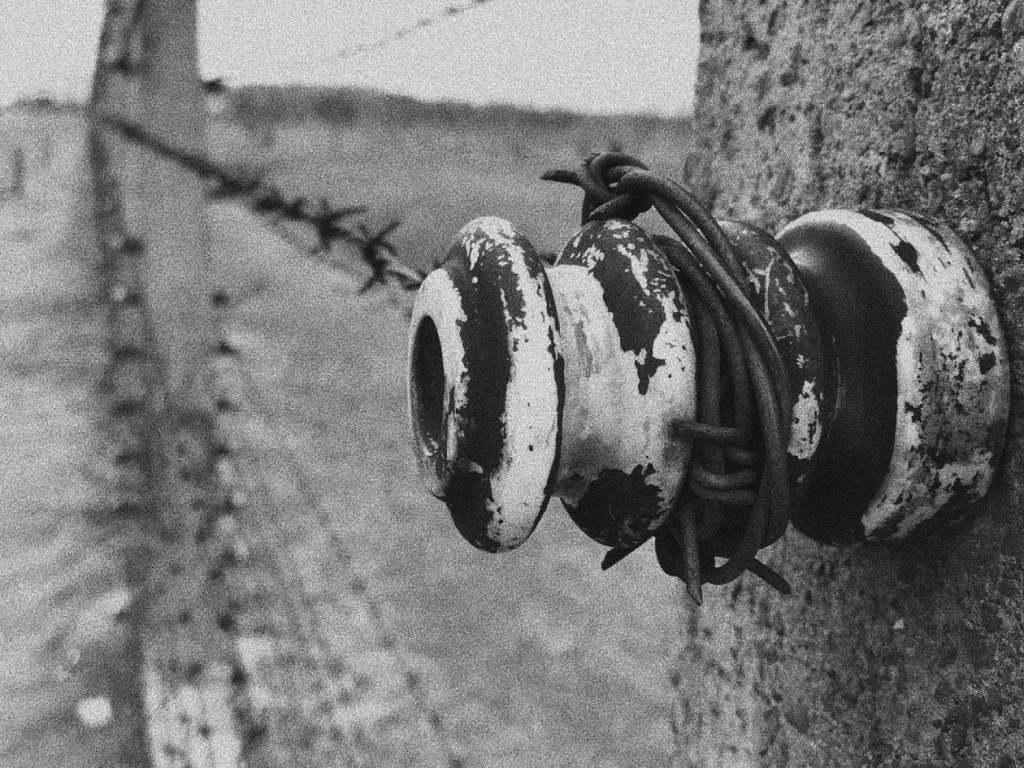Learn about Auschwitz-Birkenau at the solemn Memorial and Museum. Visit this memorial and education center to learn about Auschwitz and Birkenau.
Auschwitz-Birkenau Memorial and Museum shows humans’ cruelty and resilience. Auschwitz and Birkenau remind us of the horrors and make us think. To understand liberation and the Holocaust, visitors can examine Auschwitz-Birkenau’s history, prisoners’ legacy, and global attempts to preserve its memory. This goal should motivate positive action to prevent catastrophe.
Explore Auschwitz-Birkenau Memorial and Museum History
A stunning journey through human history defined by the German Nazi concentration and murder camp Auschwitz-Birkenau Memorial and Museum. The World Heritage site covers Auschwitz I and II-Birkenau’s extensive grounds. The Auschwitz captives’ awful suffering and deaths are remembered. These grounds demonstrate the Holocaust’s scope and emphasize the importance of commemorating the dead.
The liberation of Auschwitz on January 27, 1945, exposed Nazi atrocities. The Auschwitz Memorial recalls and educates by showing detailed exhibitions and preserving personal relics that illustrate the complex camp complex story. Visitors honor the victims and preserve the concentration camp’s teachings by using the museum’s displays properly and maintaining the site’s purity.
The Prisoners of Auschwitz: A Dark Legacy
The brutal German Nazi Concentration and Extermination Machine at Auschwitz is a stark reminder of human history’s worst moments. The Auschwitz-Birkenau Memorial and Museum commemorates these atrocities. Thousands of personal artifacts and gas chamber and cremation remnants show Nazi barbarism. Auschwitz captives, especially from Auschwitz II-Birkenau, recount the mass murder that killed over 1.1 million people.
The liberation of Auschwitz in January 1945 revealed Nazi atrocities, changing Holocaust remembrance. The Auschwitz-Birkenau State Museum memorializes and teaches about hatred. We must maintain this monument and its tragic heritage to honor the millions of victims of the Nazi concentration and extermination camp and pledge them that their agony will eternally warn against human wickedness.
Liberation Testament: Unesco and Auschwitz-Birkenau Preservation
The Auschwitz-Birkenau Memorial and Museum’s UNESCO World Heritage classification underlines the world’s commitment to history. This is crucial to remembering the Holocaust and Nazi atrocities. Auschwitz I and II-Birkenau are preserved by UNESCO to honor the millions of Nazi prisoners and victims. The liberation of Auschwitz on January 27, 1945, exposed Nazi atrocities. By preserving Auschwitz-Birkenau, UNESCO ensures its legacy and educates future generations against hatred and prejudice.
The Auschwitz Timeline: Deportation to Liberation
The German Nazi Concentration and Extermination apparatus ruled Auschwitz Camp Complex from its founding till its liberation in January 1945. Deportations from conquered European regions went to Auschwitz or its subcamps. The gas chambers and incinerator murdered many camp prisoners. The Auschwitz-Birkenau Memorial and Museum honors 1.1 million Nazi victims. The Holocaust’s full scope was revealed in January 1945 when Allied forces liberated these camps. They serve as a memorial to Auschwitz prisoners and a teaching tool to remember this tragedy.
Remembering the Holocaust: Auschwitz II’s Global Impact
Auschwitz II-Birkenau symbolizes the Holocaust and Nazi concentration camps. In the Auschwitz-Birkenau Memorial and Museum, this place symbolizes the Nazi Final Solution’s chilling efficiency. To honor the Auschwitz inmates and the millions who died under the Nazis, Auschwitz II-Birkenau must be preserved. Gas chamber and cremation horrors were exposed after Auschwitz was liberated in January 1945. Auschwitz-Birkenau State Museum keeps these commemoration witness to transmit on the lessons of this sad chapter in human history.

Polish Soil and Auschwitz’s Global Impact
Polish Auschwitz-Birkenau Memorial and Museum near Krakow is a grim reminder of history. The most prominent Nazi concentration and extermination camp was in this Polish town, showing the Holocaust’s impact on Poland and beyond. Polish-based Auschwitz I and Auschwitz II-Birkenau remind tourists of Nazi Germany’s atrocities. Between 1940 and 1945, almost 1.1 million Jews, Poles, Roma, Sinti, and other captives died in the camps, causing great suffering.
The Auschwitz-Birkenau State Museum teaches about the Holocaust and Nazi persecution. The museum, barracks, gas chambers, and crematoria honor victims. Soviet soldiers liberated Auschwitz on January 27, 1945, revealing its horrors and sparking a global Holocaust memory movement. Auschwitz-Birkenau, a UNESCO World Heritage site, represents human endurance and the necessity to remember the past to prevent hatred and bigotry.
The Auschwitz Memorial and Museum FAQs
Why does Poland value Auschwitz-Birkenau?
The Auschwitz-Birkenau Memorial and Museum in Oświęcim, Poland, near Krakow, is a notable memorial on the site of the largest Nazi extermination camp. After Nazi Germany annexed Poland, Auschwitz-Birkenau slaughtered roughly 1.1 million Jews, Poles, Roma, Sinti, and other captives. The memorial and museum teach visitors about Nazi atrocities, the Holocaust, and racism.
How does the Auschwitz-Birkenau State Museum educate Holocaust?
The Auschwitz-Birkenau State Museum preserves victims’ recollections and presents detailed displays on the camp’s complex history. Barracks, gas chambers, crematoria, and hundreds of personal items connect the museum to victims. It educates future generations about this terrible tragedy and inspires them to prevent such atrocities.
UNESCO saved Auschwitz-Birkenau how?
Through World Heritage status, UNESCO preserved Auschwitz-Birkenau. This medal highlights global Holocaust and Nazi atrocity memory. With UNESCO’s help, Auschwitz I and II-Birkenau’s physical remains are preserved. This preservation effort honors victims and represents liberation, education, and anti-bigotry.
Could you describe Auschwitz and subcamp deportation?
People from conquered Europe were sent to Auschwitz and its subcamps. Crammed cattle carts killed many deportees. Following brutal selection, many captives were sent to gas chambers. Inhumane circumstances, forced labor, and medical experiments plagued survivors. The Auschwitz-Birkenau Memorial and Museum honors 1.1 million Nazi victims.
What happened when Auschwitz was liberated January 27, 1945?
The Soviet liberation of Auschwitz on January 27, 1945, was a stepping stone to ending World War II. That’s when the Holocaust crimes were revealed. This important event highlighted the camp’s atrocities and started a global Holocaust memory campaign. International Holocaust Remembrance Day remembers Auschwitz’s liberation and demands resistance to genocide, racism, and intolerance. The Auschwitz-Birkenau Memorial and Museum remembers victims and never forgets atrocities.